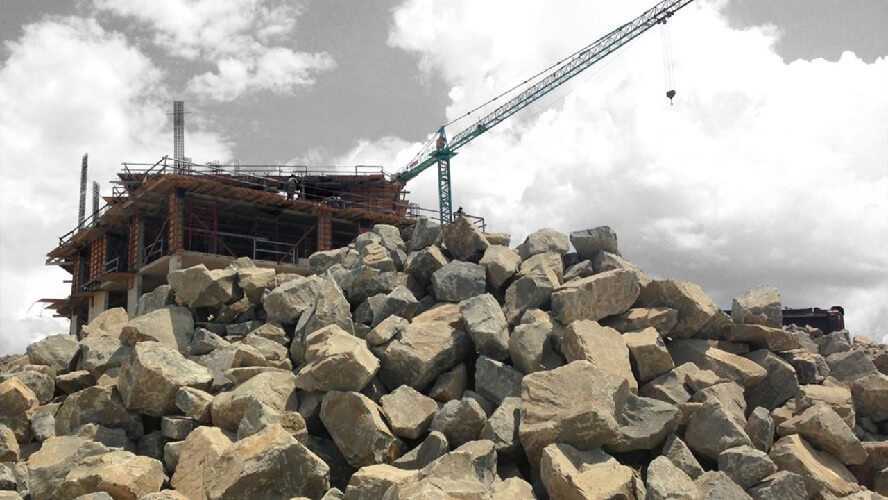What happens when demand increases in a sector? The supply in this same area tends to increase. Let’s take the real estate sector as an example. If people demand housing, developers, real estate companies and investors jump into action.
But what happens when demand does not continue to increase and supply does? Happens what we call an oversupply. Following the previous example, housing costs tend to decrease since there is not as much population interested in acquiring real estate, which causes both the industry and the economy to immediately slow down.
This is exactly what is happening in Panama. The real estate boom in Panama is a phenomenon that has been occurring since the beginning of the last decade and that reached its peak approximately in 2016. Thanks to the massive participation of Venezuelan, Colombian and American investors, the boom that the real estate sector took can be seen in the multiple luxury buildings scattered throughout the country.
But there is no longer such a large volume of people willing to buy homes in upper-class areas, so the residential market has lost its shine in this sector. All this has caused the investors’ attention and the construction permits granted by the State to also substantially decrease. Investment in building permits is plummeting. So much so, that last year´s calculated figure represents the worst investment registered by the Panamanian Chamber of Construction (CAPAC) in the last six years.
This gloomy and decadent outlook appears as a result of the over-exploitation of upper-class areas in the real estate sector, causing an oversupply in the market. But then, what is the answer to this problem? The representatives of the economic and construction unions claim to be working on ideas to help put the balance back in their favor.
The biggest bet to revitalize this battered sector is on a public-private partnership model. This proposal, in addition to promoting the implementation of public interest projects, would increase the general execution of projects, once again accelerating the economy and construction, thanks to the capital contributed by the private sector.
With more than 600 proposals for residential construction projects in the capital, one of the trends that would offer good growth opportunities is the construction of homes in the middle and lower sectors; movement that would be supported by multiple banking entities that may approve financing for projects developed in these segments.



return
share in:
return
share in:
return
share in:
Recommended reading
Getting to know Carlos Gonzalez
Jun
Importance of having an expert advisor in finishes
Jun
How to define if your project is feasible?
May
Efficiencies in earthworks
May
Getting to know Aura Quintana
Apr
Project permits
Apr
Leap to technology: integration and efficiency
Mar
What is a Test Fit?
Mar
Getting to know Jonahan Castillo
Feb
Importance of involving an electromechanic in a project
Feb
Sofitel Legend Casco Viejo, a unique experience in Panama
Jan
Our 2022 summary
Jan
Getting to know Digna Olivardia
Dec
Our experience with post-tensioned slabs
Nov
The different phases of the design service at Mar Azul
Nov
Multifunctional spaces
Oct
Getting to know Salomón Dayán
Oct
Importance of a proper technical inspection
Sep
Which sustainable certification to choose and which is the most suitable for my project?
Aug
Hotel La Compañía, our execution experience in an important historical area
Aug
Getting to know Leydis Moreno
Jul
Cost management
Jul
Responsible recycling
Jun
Welcome Back Engineer José Ramón Icaza
Jun
Getting to know Jorge Silva
May
Five steps to create a project plan
May
Recommendations for working with natural stones
Apr
Administration vs. Project management
Apr
Getting to know Teresa Perez
Mar
Five common mistakes in the installation of lightweight walls and how to avoid them
Mar